page 4
~ The Study of Threes ~
| 1 | 2 | 3 | 4 | 5 |
| 6 | 7 | 8 | 9 | 10 |
Researchers as of 3/17/2021
Basic canine-paw anatomy is the same across breeds, but different dogs have different shapes. Most dogs have "cat" feet, where the third digital bone is short and results in a compact shape that conserves energy and preserves stamina. Others have "hare" feet, elongated paws with two long center toes and two short side toes. These paws are more delicate and narrower than either cat or webbed paws. Some dogs are born with dewclaws, or a fifth toe on the inner paw. However, breeders sometimes remove this claw to prevent it from catching on objects and causing injury.
|
Dogs with webbed feet:
|
Birds with webbed feet:
|
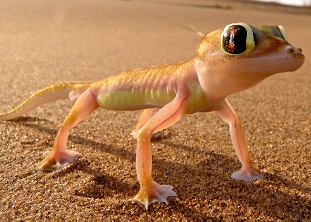 The Biggest Animals Kingdom (Gecko image) 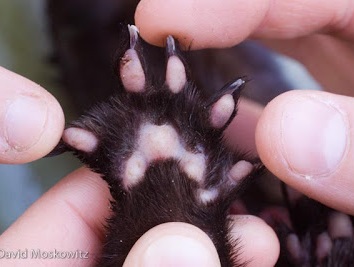 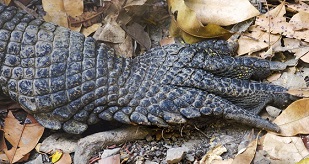
|
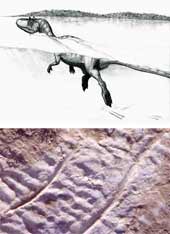 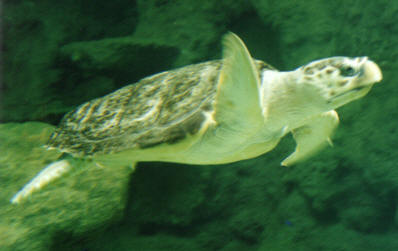 |
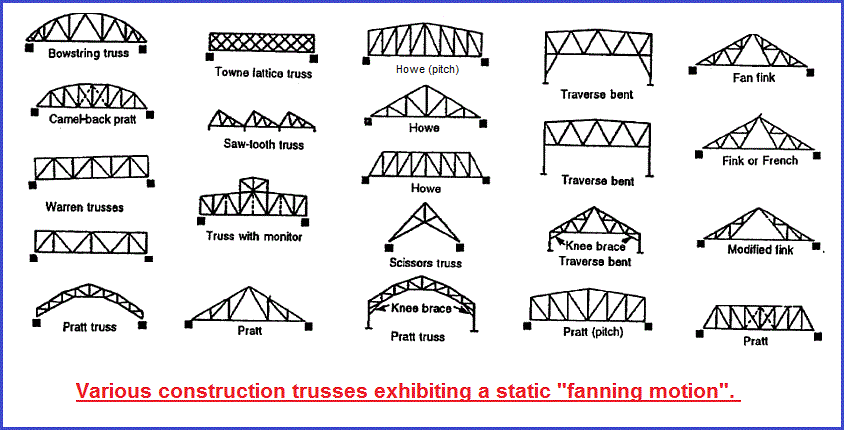 Roof Trusses Collections of Truss images Trusses: Geometry and basic principles (uses analogy of muscles [tensegrity structure] and bones (compression)) |
|
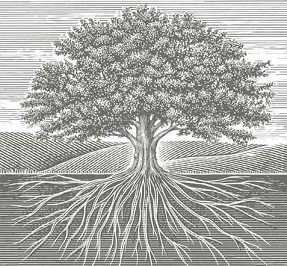 |
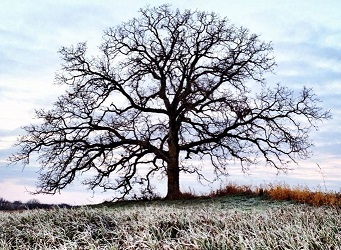 |
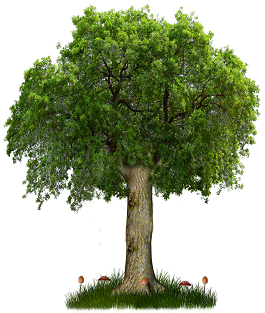 |
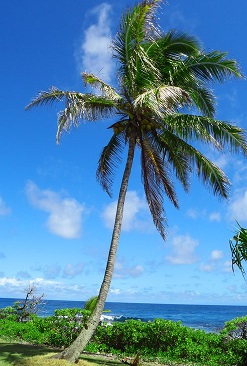 Linear trees at lower elevations |
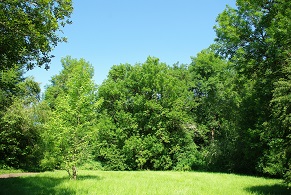 Rounded trees at middle elevations |
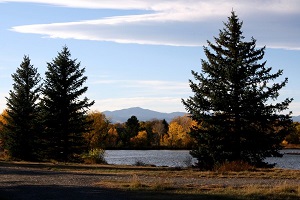 Triangular trees at higher elevations |
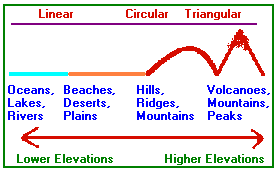 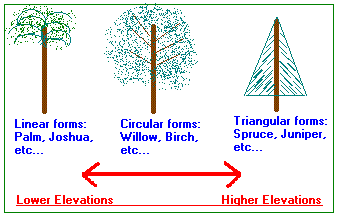 |
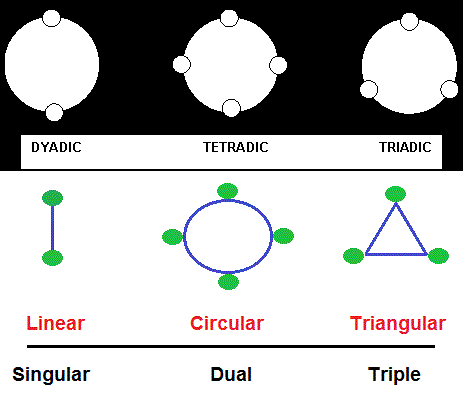 Basic Image: Structural Communication |
Linear actions in motion: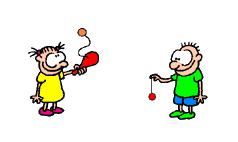 |
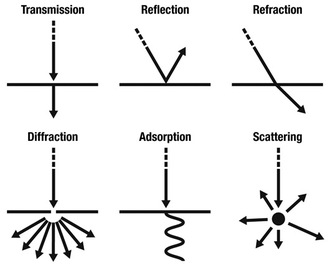
We can think about linear, circular and triangular forms in terms of light properties acting in predictable ways according to the shape of the image in which the imaging occurs. Linear, circular and triangular constraints or boundaries would present us with different points of reference with respect to our limited (3 to 1 ratio) sense directions of front/back, up/down, right/left, and intermediate points thereof. If light enters into a linear, circular or triangular cell and can not escape, or only partially escapes (with a bit of transmutation), does it "bounce" (reflect, refract, diffract) around on the inside in predictable linear, circular, or triangular directions?). Why does the environment very often impose conditions which result in 1, 2, 3 (or multiples thereof) configurations... and will these configurations continue as the Sun-Earth-Moon complex deteriorates? Will the "reflective surfaces" crack and/or break into unrecoverable shards? |
|
|
3 predominant types of cortex neurons, with respect to brain cells in particular:
- Granule (Linear)
- Stellate/Martinotti (Circular)
- Pyramidal (Triangular)
The above three form a three staged construction of:
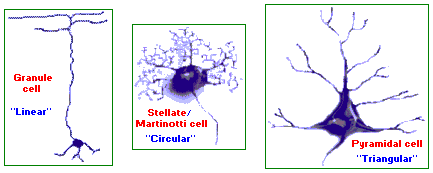 |
Another linear, circular, triangular configuration can be seen in the construction of Stromatolites, thus presenting us with evidence that the linear, circular, triangular pattern(s) is/are quite ancient, both geologically and biologically speaking.
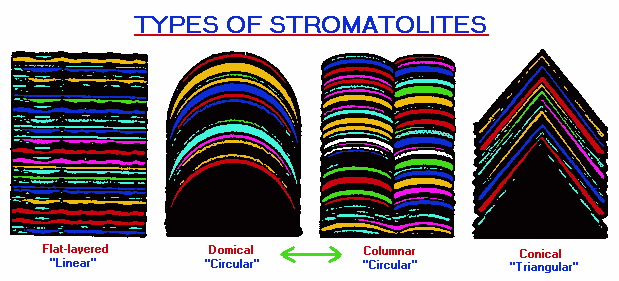
...Stromatolites are most often described as biogenetically-produced structures formed by colonies of photosynthesizing cyanobacteria. However, this is an enormous over-simplification given that the weight of scientific evidence suggests that all three domains of life (the Archaeans, Eubacteria, and Eukaryotes) appeared in the Archaean Era, and thus the so-called microbial mats would have contained representatives among all three domains. Just how and when the base of the tree of life split into the three main branches remains one of the most important questions in all of biology and science, and is the source of constant scientific dispute. Which of the Prokaryotes came first, the Archaeans or the Eubacteria remains unresolved, and a consensus has emerged that these primitive microorganisms laterally exchanged genes further confounding attempts to validate what begat what during to course of early evolution on earth.
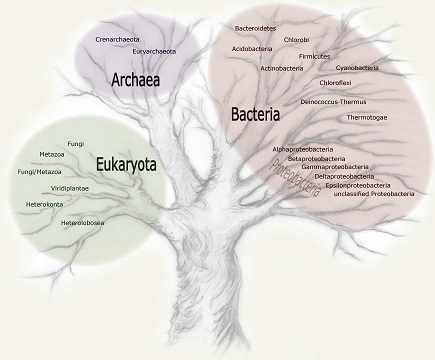
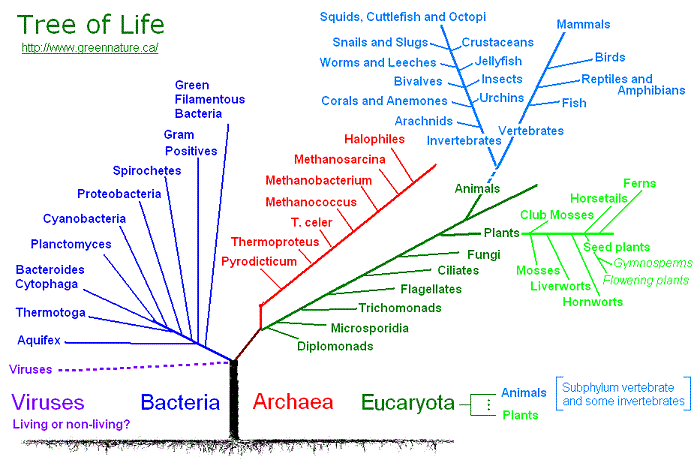
By including viruses, we have a 3 to 1 ratio, which can be added to our 1,2,3... fusion ensemble of patterns.
Some readers might argue against the usage of a "threes" tool being used for various types of anatomical, biological and physiological dissections and analysis because there are other quantities that could be used. And yet, they do not also include the fact that there is a conserved number of quantities that crop up again and again. This conservation of quantity is a pattern just as much as are the individual enumerations. In other words, there is a give frequency of appearance for some number patterns while others show up on occasion, rarely, or not at all. Indeed, the usage of quantity as a tool for identifying recurrences (or lack there of) is not meant to suggest the quantity is most important, but that it may be a tell-tale indication of some other non-enumerated pattern such as the line, circle and triangle as three basic geometric configurations, even though some might want to include a square or some other form they think represents a basic form or formula.
At this point, let me provide a compilation of different linear, circular, triangular configurations before providing some additional references:
Here are a few examples of Linear, Circular, Triangular expressions:
| "3" Basics Formula | Linear | Circular | Triangular |
| 3 galaxy/universe items | Our galaxy through space | Motion of galaxy | Expansion/Contraction {<>,X} |
| 3 basic Earth motions | Earth+Moon+Sun | Rotation of Earth | Precession of Earth's axis |
| 3 forms of matter | Liquid | Solid | Gas |
| 3 fundamental forces | (N)electro-magnetism(S) | Gravity | Nuclear (+)(-)(+/-) |
| 3 conceptual models: A dual form of singularity A circular form of duality A plurality of threeness |
Primitive (Singularity) |
Native American (Duality) |
Indo-European (Triangularity) |
| 3 (hair) cross-sections | African: ribbon-like | Asian: circular | Caucasian: ellipsoid |
| 3 Earth shapes | Earth is flat | Earth is round | Earth is a triaxial ellipsoid |
| 3 Universe theories | Universe is flat | Spherical | Saddle (triangular)-shaped |
| 3 physics ideas | String theory | Particle theory | Multi-dimensional theory |
| 3 stone tool shapes | Mono-facial | Bi-facial | Tri-facial (arrow heads) |
| 3 counting objects | Lines (on bones, rocks, etc.) | Pebbles, stones, (clay,etc.) | Cones (wedges) |
| 3 engineering tools | Lever | Pulley/Wheel | Fulcrum |
| 3 engine shapes | In-line, Slanted, etc... | Radial, Rotary | V-shaped |
| 3 shapes game | Paper (flat-linear) | Rock (round-circular) | Scissors (X-shaped/triangular) |
| 3 human face items | Eyebrows | Eyes | Nose |
|
When we look at the faces carved on pumpkins during the Halloween season, we see a repeated and interchangeable usage of linear, circular and triangular eyes, mouth, and nose. Not to mention that most pumpkins have a circular shape, most knives have a linear shape, and that some readers may use an argument suggesting a "triangular" opposition to explain this example way. (Thinking in terms of a triangular relationship that always results in conflict.) |
|||
| 3 playground items | Monkey bars/See-saw | Merry-go-round | Slide/Swing-set support |
| 3 in-vehicle views | Road, Stick shift, etc... | Steering wheel | Perceptual view of distance |
| 3 early industry tools | Staff, Poker | Pottery wheel, Kiln | Fire (flame), Bellows |
| 3 pre-industry tools | Stick | Rock | Fire (flame) |
| 3 cyanobacteria shapes | Filamentous (string-like) | Coccoidal (ball-like) | Ellipsoidal (egg-shaped) |
| 3 stromatolite shapes | Flat-layered | Domical/Columnar | Conical |
| 3 building structures | Skyscrapers | Coliseums Stadiums,etc. |
Pyramids |
| 3 foot descriptions | Heal to Toe line | Balls of feet | Arch of foot |
| 3-in-1 necktie forms | Fronts-piece covers buttons | Encircles the neck | Triangle slip knot |
| 3-in-1 washing machine cycle status symbols Speed Queen Commercial washer Model # SWT91QN |
In Use (vertical line) |
Spin (circular "curlicue") |
Rinse (triangular water shape) |
| 3 bird-flight formations | Diagonal, Horizontal, Vertical | "Bunched up" | V-shaped (also J/L/7 variations) |
Note: I used the symbols {><} and {X} to portray expansion and contraction. Did the Universe expand like a bursting ball in all directions or a selected direction? It is not certain if the "Big Bang" occurred at a single point and then expanded in all directions. Unless we care to consider that our Universe is the result of an implosion, which is 1 idea, then there are 3 other theories we can consider, which brings our overall formula to a 3:1 ratio. The other three being a Linear- Circular- Triangular expansion after the Big Bang. Also, if the expansion is slowing down, is there to be an eventual "Big Crunch?"
Page initially created: Thursday, 10-August-2017... 4:49 AM
Initial Posting: Thursday, 07-Sept-2017... 5:18 PM
Updated Posting: Monday, 18th August, 2025... 7:16 AM